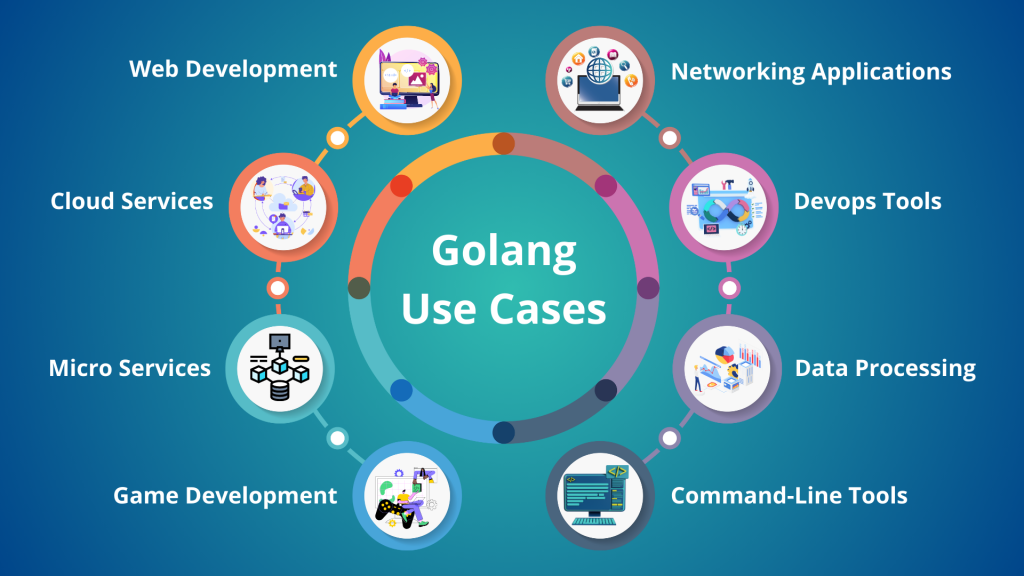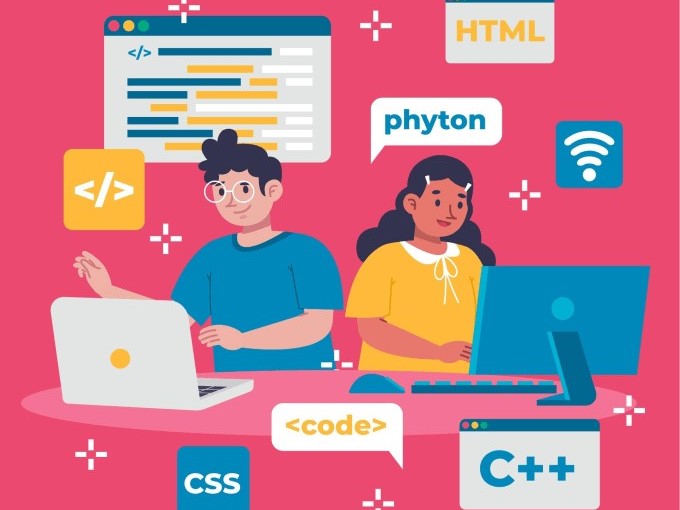If you’re planning your career or upgrading your skills, it’s important to know the right programming languages to learn in 2025. As digital transformation continues to redefine the modern landscape, the demand for versatile, secure, and scalable programming languages has never been more pressing. These tools are essential for innovation across domains like edge computing, cloud-native development, AI, and web services.
This guide explores the best programming languages to learn in 2025 based on technological advancement, project scalability, career prospects, and industry relevance. Whether you’re a beginner developer or a seasoned pro upgrading your toolkit, this list offers insights into the languages shaping the future.
Why Selecting the Right Programming Languages to Learn in 2025 Matters
Gone are the days of relying on a few general-purpose languages. In 2025, tech stacks are more specialized, performance-optimized, and tailored to niche demands. Industries now require:
- Data-centric languages for analytics
- Low-latency options for system-level design
- Scalable choices for cloud and microservices
Moreover, trends like blockchain, AI/ML, and serverless computing continue to reshape the programming landscape. That’s why learning the right language today determines your professional relevance tomorrow.
1. Python – The Most Versatile Language in 2025
Python continues to dominate due to its readability, simplicity, and vast community. From AI/ML to web development and automation, it’s a go-to tool for rapid development.
Why Python stands out:
- Extensive libraries: TensorFlow, Pandas, Flask
- Used in AI, backend, scripting, and data science
- Easy integration with APIs and services
- High demand across industries
According to the 2024 Stack Overflow Developer Survey, Python ranks as one of the most loved and wanted languages globally.
2. JavaScript – The Backbone of Web Development
Whether it’s dynamic UI or real-time features, JavaScript powers most modern web applications. It’s used across the full stack via frameworks like React, Node.js, and Vue.
Why JavaScript is critical:
- Full-stack development (MERN, MEAN)
- Real-time applications (chats, dashboards)
- Massive browser compatibility
- Fast-evolving ecosystem
🔗 Check out our blog on How to Choose the Right Web Stack in 2025 to complement your JavaScript learning.
3. TypeScript – JavaScript with Superpowers
A superset of JavaScript, TypeScript adds static typing and powerful tooling. It’s now the preferred language for enterprise-grade apps.
Key benefits:
- Compile-time error checking
- Improved code readability and maintainability
- Favored in Angular, NestJS, and large projects
- Fully compatible with JavaScript
With better developer experience and IntelliSense, TypeScript helps you write better code from day one.
4. Go (Golang) – The Language for Cloud-Native and Microservices
Designed by Google, Go is simple yet powerful. It’s ideal for cloud-native platforms, containers, and APIs.
Why Go matters in 2025:
- Built-in concurrency
- Used in Kubernetes, Docker, Terraform
- Fast execution and deployment
- Great for backend and CLI tools

Its performance and scalability make it a natural fit for modern cloud environments.
5. Rust – Safety and Speed for System-Level Programming
Rust is gaining popularity for its memory safety and high-speed performance without a garbage collector.
Why Rust shines:
- Ideal for embedded systems and WebAssembly
- Popular in security-sensitive environments
- Used in OS-level tools and blockchain projects
- High developer satisfaction
From game engines to IoT devices, Rust is changing how we think about safe low-level code.
6. Kotlin – Android’s Favorite and More
Kotlin, once seen as a Java alternative, is now a robust language for mobile, backend, and cross-platform apps.
Highlights:
- Official language for Android apps
- Great support from JetBrains and Google
- Cleaner syntax and reduced boilerplate
- Growing adoption for backend services
Because of this, Kotlin is becoming the backbone of mobile-first companies.
7. Swift – Apple’s Language for the Future
If you’re targeting iOS or macOS, Swift is a must. Its performance, safety, and growing ecosystem make it essential for Apple developers.
Why Swift is key:
- Official Apple language for all platforms
- Faster and safer than Objective-C
- Great for iOS, macOS, WatchOS
- Ideal for monetizable app development
With Apple expanding its ecosystem, Swift developers are in high demand.
Other Emerging Languages to Watch in 2025
While the above dominate, keep an eye on:
- Dart – Ideal for Flutter mobile/web apps
- Elixir – Best for scalable, fault-tolerant apps
- Julia – Rising star in data science and simulations
- Zig – A C alternative with safer memory handling
These may not be mainstream yet but are growing fast in niche domains.
Other Emerging Languages to Watch in 2025
While the above dominate, keep an eye on:
- Dart – Ideal for Flutter mobile/web apps
- Elixir – Best for scalable, fault-tolerant apps
- Julia – Rising star in data science and simulations
- Zig – A C alternative with safer memory handling
These may not be mainstream yet but are growing fast in niche domains.
Conclusion: Which Programming Languages Should You Learn in 2025?
Choosing the right programming languages to learn in 2025 depends on your career goals:
- For AI/ML: Choose Python
- For full-stack web: Learn JavaScript and TypeScript
- For cloud: Focus on Go
- For system-level or blockchain: Go with Rust
- For mobile apps: Master Kotlin and Swift
In 2025, it’s not just about learning syntax—it’s about solving real-world problems with the right tools. Stay updated, stay versatile, and let your chosen language shape your impact.

